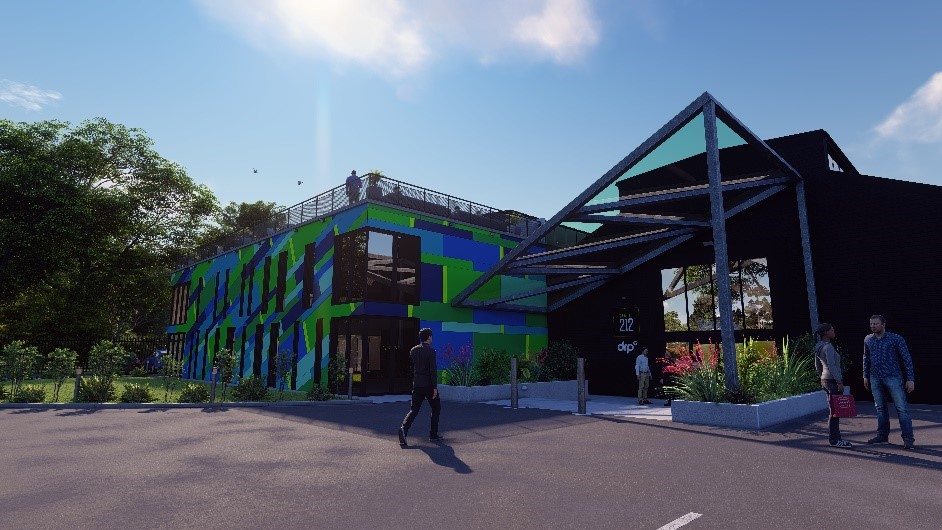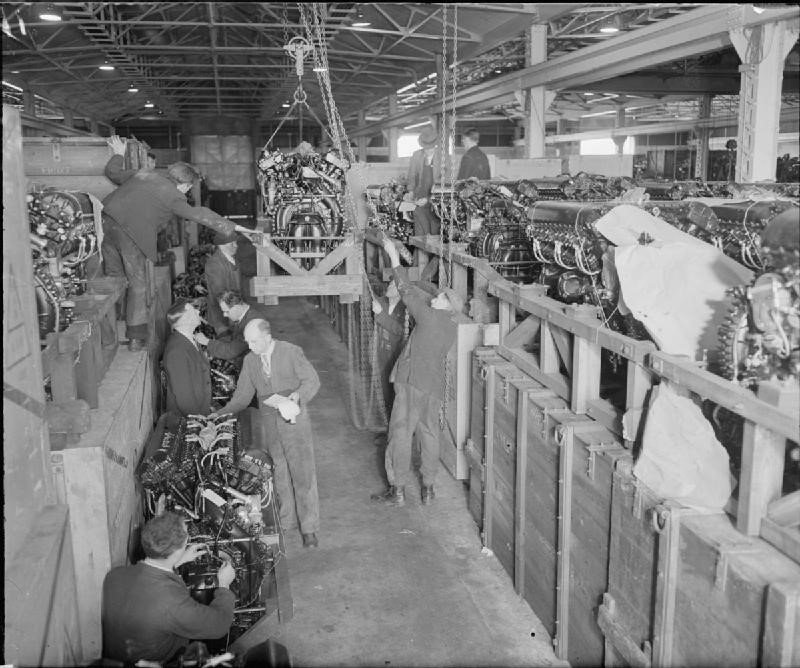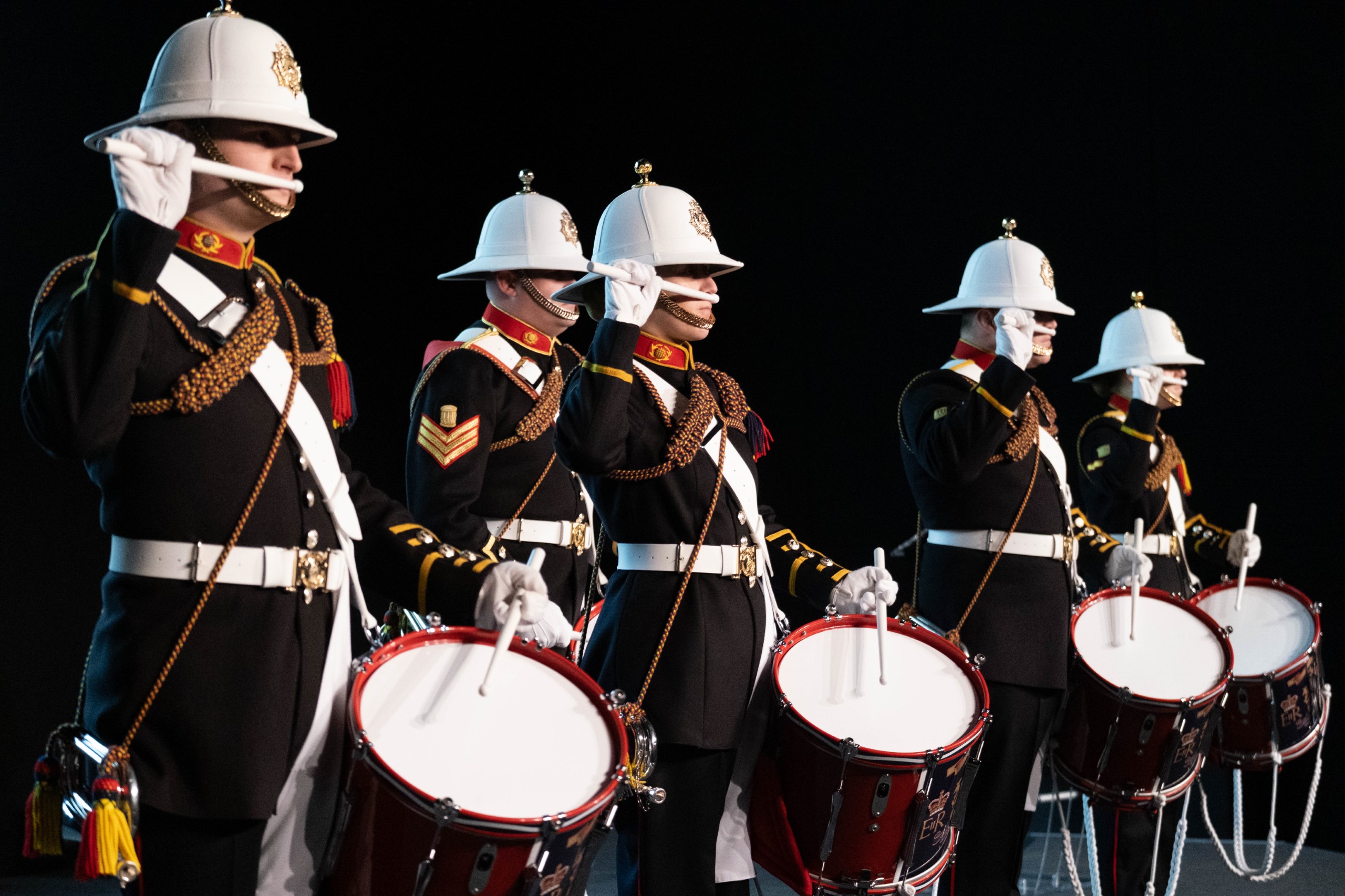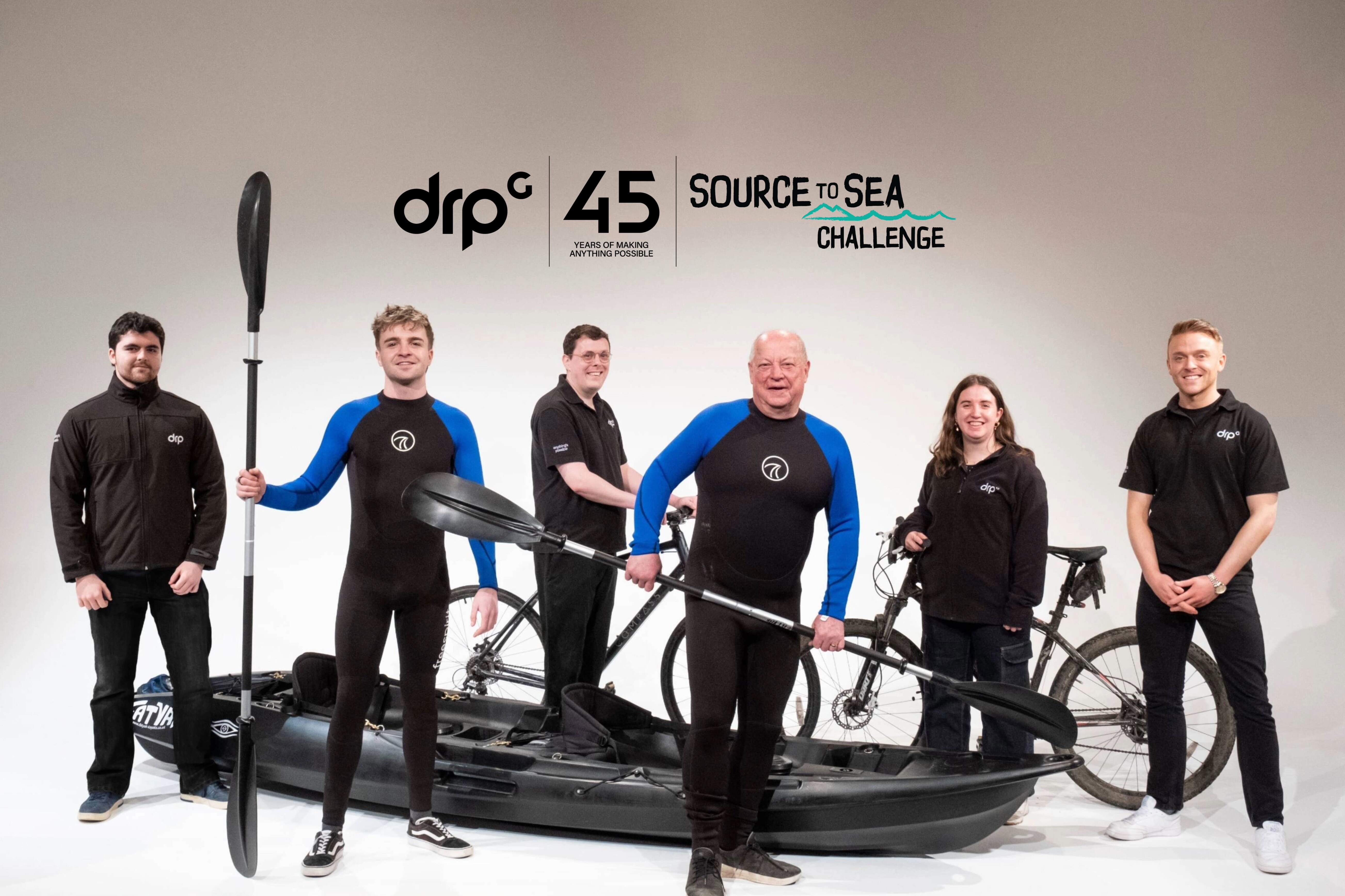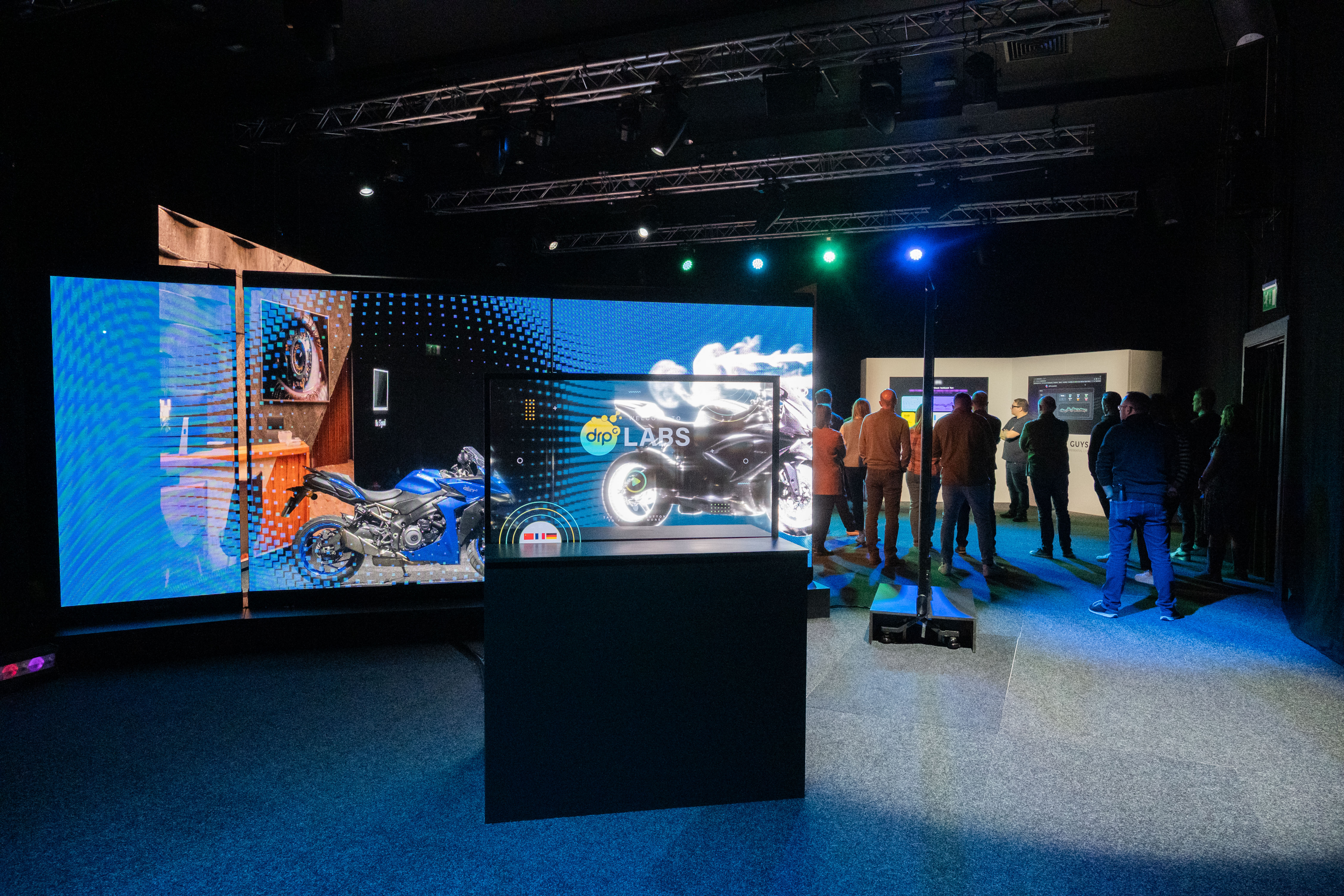As well as being home to some of the most talented people in creative communications, and housing the latest digital, film, motion graphics and communications technology; DRPG also has a rich military history.
As we celebrate the 75th anniversary of Victory in Europe Day (or VE Day) we take a look at the incredible past life of the building we call home.
"The amateurs discuss tactics: the professionals discuss logistics"
- Napoleon Bonaparte
In 1938, with the threat of a global conflict becoming a reality, unit no. 25 R.A.F. Hartlebury was commissioned.
With a potential war very much on everyone’s minds, having a secure logistics hub was about to become enormously important and so the building was designed to withstand the worst-case scenarios. Each structure included two-feet-thick reinforced walls throughout and a roof that could be lifted off if required. To this day, the infrastructure remains largely unchanged, standing resolutely as an example of British craftmanship.
As one of ten bases within four groups that made up Maintenance Command, each location had responsibilities for supplying specific items, including anything and everything the R.A.F. inventoried, except ordnance.
This could mean furniture, tools or paint, but in the case of R.A.F. Hartlebury, it was propellers, air frame parts and Rolls Royce Merlin engines - to put it simply, anything plane related.
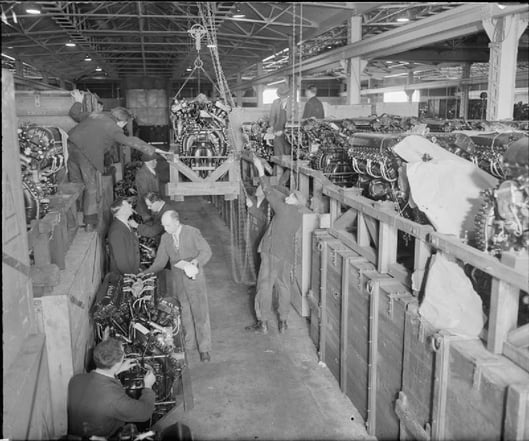
With its location close to Kidderminster and in the heart of the Midlands, daily supplies were dispatched to all military bases in the region, as well as the dozens of factories given over to support the war effort. From the Gloster (Hawker) works in Hucclecote 25 miles due south, to the famous Vickers-Armstrong works in Castle Bromwich 26 miles to the north east, thousands of parts were sent on hundreds of vehicles as part of daily guarded convoys. These convoys fed hungry assembly lines, many of which would be building the iconic Spitfire fighters best known for spearheading Britain’s Fighter Command.
It is fair to say the landscape around our buildings has hardly changed since the turn of the century and I love that it played such an important role in our war efforts.
Fields of Deception
As Birmingham was known as the “Workshop of the World”, it naturally became a target for enemy bombers during the Blitz.
In response to aerial threats, Operation Starfish began in 1940. Starfish was a national operation to create hundreds of decoy bombing sites to distract and confuse attacking enemy planes. The sites comprised of artificial structures filled with gallons of diesel poured over coke and coal. At night, each decoy would be set alight, creating an unmissable beacon of fire that attracted German bombers away from major cities.
The village of Elmbridge, located 4 miles east of R.A.F. Hartlebury, became a Starfish location in 1941, enticing waves of enemy aircraft to drop their deadly cargos harmlessly into fields. Due to its close proximity, each misguided bomb posed a threat to R.A.F. Hartlebury, but fortunately, their luck held strong and the buildings survived with only minimal damage.
We have all been guilty of the odd gripe if the air conditioning isn’t perfect on a hot summer day, but imagine working under the threat of a 5,000lb bomb crashing through the roof.
“Join us in a victory job”: The people’s tale
In 1941, R.A.F. Hartlebury had a workforce of 1,230 including 300 women, 800 men aged 50 and over and 130 enlisted people (2 of whom were Americans).
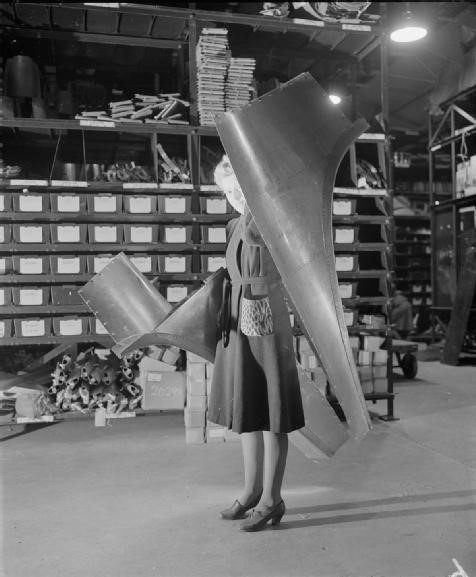 The roles were shared equally between males and females. Some people had existing skills, whereas others received on-the-job training. Whatever their position, everyone had an important part to play.
The roles were shared equally between males and females. Some people had existing skills, whereas others received on-the-job training. Whatever their position, everyone had an important part to play.
Jack Lazenby D.F.C. was posted to R.A.F Hartlebury: “As we entered the camp entrance, we heard shouting and cheering. On the left past the gate was a football pitch, and the cheering we had heard was for a football match being played by two teams of women. We were amazed and wondered what we had come to.”
“It was a funny place Hartlebury, everyone was paid by a civilian man in a bowler hat, but we did our bit don’t you worry about that. We had been posted to Hartlebury in early 1944 to carry out modifications to aero engine ignition harnesses. The engines were new American air-cooled radials still in their crates. We later found out that these engines were to be used on the Douglas DC3s (better known as the Dakota), used to drop thousands of Troops on D-Day.”
Necessity pushes people to uncover their potential, and in times of war, when freedom is in question, this couldn’t be truer. The diverse nature of the workforce and the subsequent allocated roles at RAF Hartlebury is something to celebrate and I’m proud to say this legacy and ethos lives strong in the building now through DRPG.
We won’t forget
This year DRPG Global HQ will be completing a renovation to the existing buildings, and furthermore, build an entire new wing creating in excess of 1.000 square metres of additional space. Set across 2 floors, this new space will provide greater office capacity, a bespoke academy for learning, an even bigger team lounge and a roof terrace that will capture the stunning views of the countryside.
It’s important to me that we chose not to erase all evidence of our history, and decided to enhance this facility, leaving its legacy visible for all to see.
On May 8th 2020 – the 75th anniversary of VE Day, It’s important to me that we all stand together in remembrance for those who gave so much for our freedom. At the same time, I will also be reflecting on our HQ’s illustrious past.
No. 25 Maintenance Command R.A.F. Hartlebury, we salute you.
